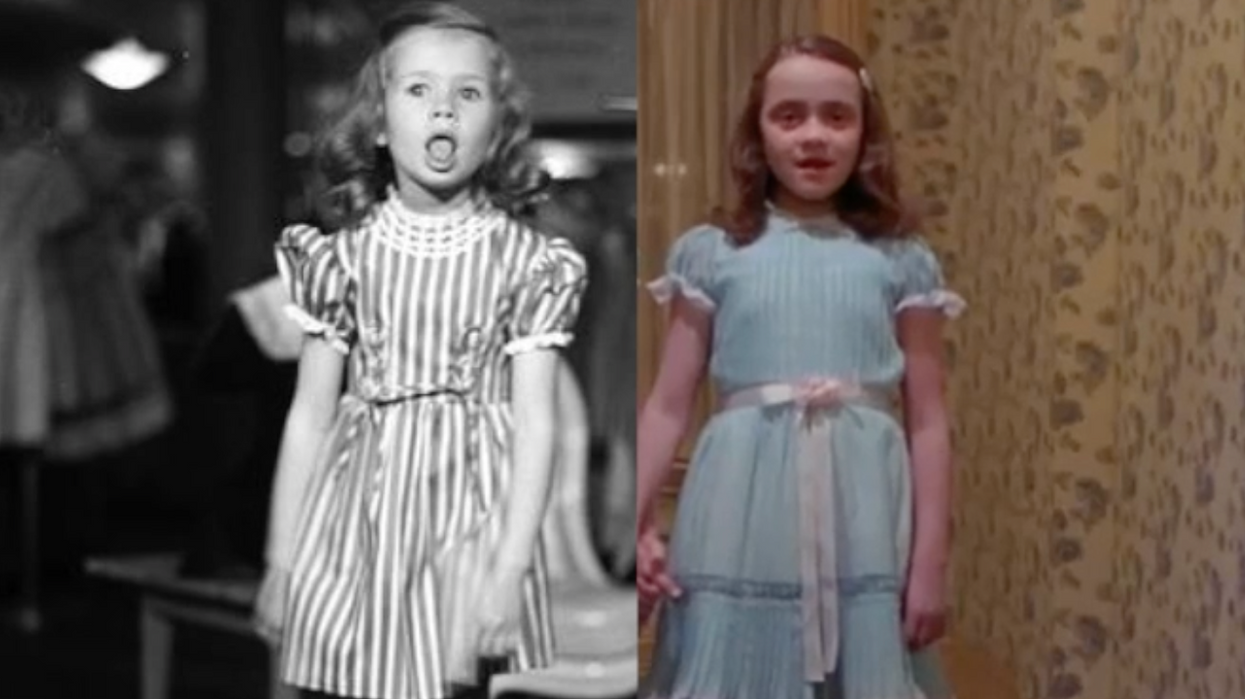Watch: Stanley Kubrick's Movies Mirror His Own Early Photography
Stanley Kubrick makes a great case for starting out as a photographer.

Stanley Kubrick's aesthetic is characterized by an obsessive quest for visual perfection. While this might make working on his sets "nerve-destroying" experiences, no one can argue that Kubrick's process with long-time DP John Alcott doesn't produce striking results.
Based on his visual acumen and impressive lens collection, it may not come as a surprise that Kubrick honed his skills as a photographer from an early age. At just 17, a photograph he took of a newspaper vendor mourning the death of FDR landed him a job at Look Magazine, where he worked for five years as the youngest photographer in the history of the publication.
For a new video, Candice Drouet scoured the Look Magazine archives in order to place Kubrick's early photographs side-by-side with some of his most iconic cinematic images. As it turns out, the photographs are staggering predictors of Kubrick's cinematic visual vocabulary; in some cases, they're so similar that Kubrick's films appear to be reincarnations of his teenage photographic eye.
One of Kubrick's most famous trademarks, the one-point perspective, is evident in some of these early photographs. Placing his subjects at a vanishing point against a symmetrical background—such as in the famous hallway scenes of 2001 and The Shining—Kubrick evokes a sense of claustrophobia, as if his characters have no way out of an infinite labyrinth.
















